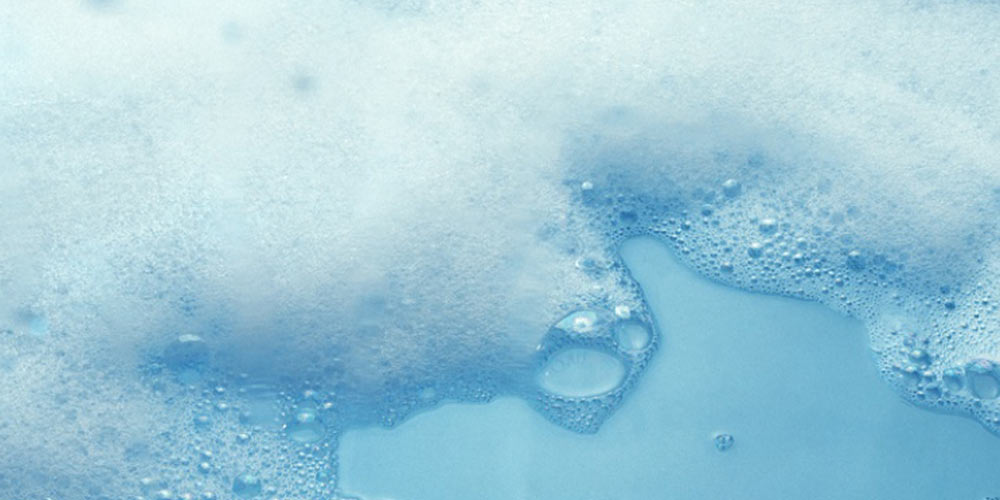The Role of Defoamers in the Chemical and Food Processing Industries
The Role of Defoamers in the Chemical and Food Processing Industries
Blog Article
The Function of Defoamers in Enhancing Product High Quality and Performance
In different making procedures, the visibility of foam can significantly impede product high quality and operational performance. Defoamers act as important additives that alleviate this concern, ensuring smoother production workflows while enhancing the aesthetic and functional features of the last items (defoamers). Their application covers a wide variety of markets, from food and drink to pharmaceuticals, where consistency and reliability are critical. However, the choice of the appropriate defoamer can be critical to achieving optimum outcomes, elevating vital inquiries concerning solution compatibility and performance metrics that warrant more exploration.
Comprehending Defoamers
Recognizing the function of defoamers is essential for keeping product quality across numerous markets. Defoamers are chemical ingredients designed to prevent the formation and minimize of foam in fluid systems, which can adversely influence processes such as mixing, filling up, and surface area stress. Lathering can bring about ineffectiveness, item issues, and compromised aesthetic charm, making defoamers a crucial part in producing operations.
In industrial applications, defoamers aid to enhance product uniformity and stability. The effective use of defoamers not only guarantees smoother manufacturing procedures but additionally contributes to remarkable item performance.
In addition, the selection and formulation of a defoamer have to straighten with details application requirements, such as compatibility with other active ingredients, performance under differing temperature and pH conditions, and possible governing restraints. Eventually, recognizing defoamers' functions and their relevance in different solutions is essential for optimizing production and ensuring the finest final result.
Sorts Of Defoamers
Defoamers can be categorized right into numerous kinds based on their structure and device of action. The key types consist of silicone-based, non-silicone organic, and inorganic defoamers.
Silicone-based defoamers are amongst one of the most reliable, mainly due to their capacity to spread out swiftly on the liquid surface area and interfere with foam development. Their special chemical structure enables for exceptional stability, making them appropriate for high-temperature applications and environments with varying pH degrees.
Non-silicone natural defoamers, usually composed of fatty acids or all-natural oils, are valued for their biodegradability and reduced poisoning. These are typically made use of in food and beverage applications where safety and ecological effect are paramount.
Not natural defoamers, that include compounds like talc or calcium carbonate, act by raising the density of the liquid, therefore reducing foam stability. They are usually used in commercial processes where compatibility with various other products is not a problem.
Each kind of defoamer has distinct benefits and limitations, enabling tailored options relying on the particular frothing issues run into in different applications. Understanding these distinctions is vital for maximizing performance and attaining wanted product top quality.
Applications Throughout Industries
Many markets leverage defoamers to enhance item quality and operational performance. In the food and drink field, defoamers are critical in processes such as developing and dairy production to avoid foam development, which can lead to inefficiencies and product disparity. By controlling foam, suppliers can guarantee much better return and an extra consistent item.
In the pharmaceutical industry, defoamers play a vital role in the solution of liquid drugs, where excessive foam can restrain mixing and accurate dosing. Their usage aids preserve the integrity of the solutions and helps with smoother hop over to these guys manufacturing processes.
The paint and finishes sector also relies upon defoamers to improve the efficiency of products throughout application. By reducing foam, these ingredients make sure a smoother surface and boost the aesthetic high qualities of the end product.

Benefits of Utilizing Defoamers
While the application of defoamers differs throughout markets, their benefits over at this website continually enhance item top quality and process effectiveness. One substantial benefit is the reduction of foam formation during manufacturing processes, which can otherwise result in manufacturing hold-ups and inconsistencies in item top quality. By decreasing foam, defoamers allow a smoother circulation of materials, helping with extra efficient procedures and lowering the probability of devices malfunctions.
In addition, the use of defoamers can boost the look and appearance of last items. In fields such as finishes, paints, and food handling, excessive foam can endanger the visual aesthetic appeals and overall high quality, while the ideal defoamer application guarantees an uniform surface and preferable features. In addition, defoamers can contribute to cost financial savings by lowering waste during manufacturing and optimizing the use of raw products (defoamers).

Picking the Right Defoamer
Picking the best defoamer is important for enhancing manufacturing procedures and guaranteeing product top quality. The selection of defoamer affects not only the effectiveness of foam control however also the total efficiency characteristics of the final product. Aspects to take into consideration include the kind of application, the chemistry of the formulation, and the ecological conditions under which the product will certainly be made use of.
Various industries may call for certain defoamer types, such as silicone-based, natural, or polymeric defoamers. Comprehending the compatibility of the defoamer with the primary ingredients is essential to prevent negative reactions that could compromise product stability. Additionally, the defoamer's performance in various temperatures and pH levels need to be examined to guarantee consistent performance.
Testing the defoamer in small applications can provide beneficial insights right into its performance and suitability. Factor to consider of governing compliance, specifically in food, pharmaceuticals, and cosmetics, is extremely important in selecting a defoamer. Inevitably, a complete assessment of these aspects will certainly lead to the choice of a defoamer that not just controls foam successfully but likewise boosts the quality and performance of the end product.
Conclusion

In final thought, defoamers are vital additives that substantially improve item top quality and performance across numerous markets. The tactical selection and application of defoamers lead to cost financial savings, enhanced resource use, and increased consumer contentment.
Lathering can lead to inefficiencies, item defects, and endangered aesthetic allure, making defoamers an essential element in manufacturing operations.

Report this page